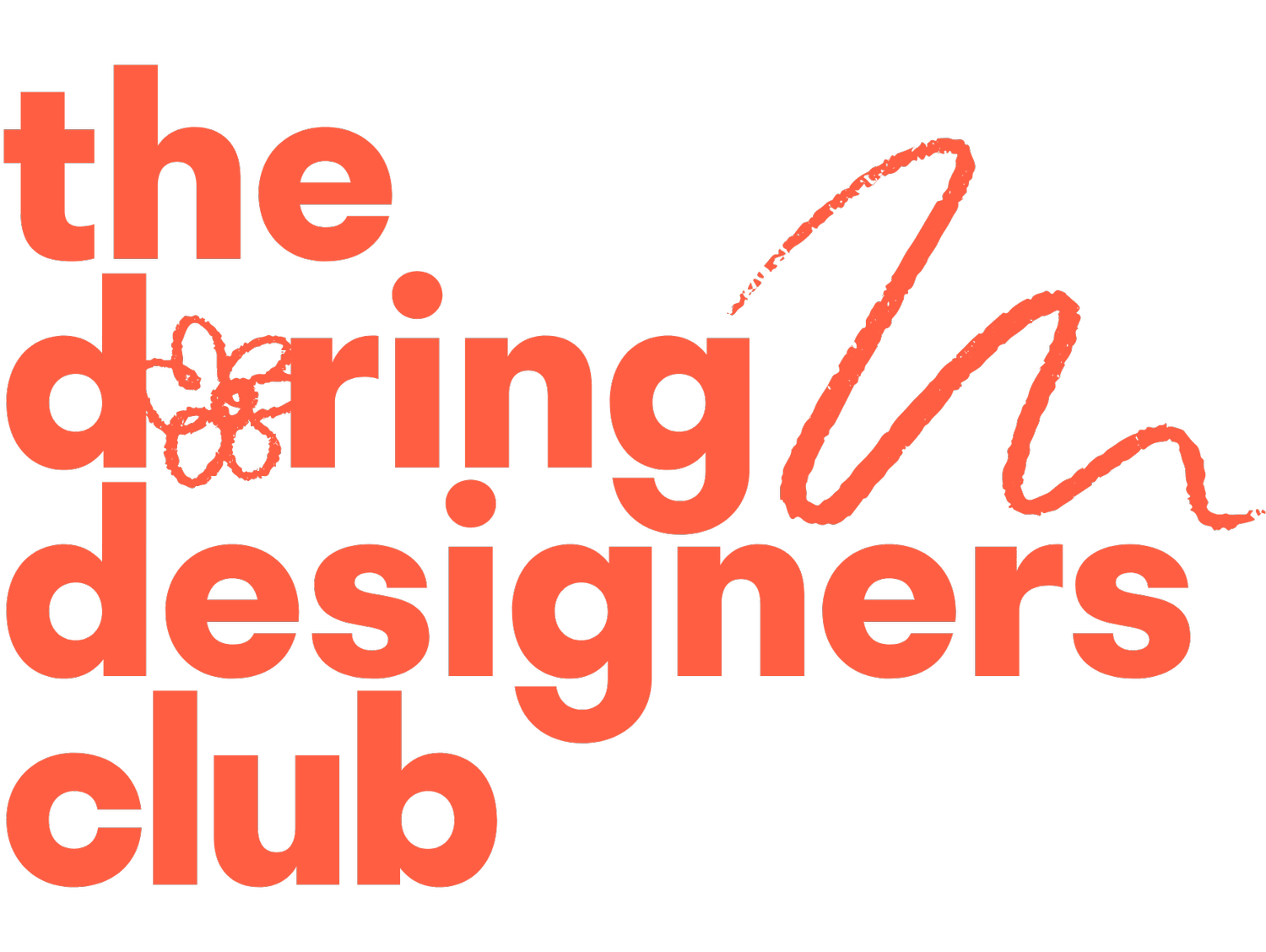What Makes a Good Client Process?
PREFER TO LISTEN?
Listen to the podcast instead! An episode that perfectly fits this topic is here for you to listen below and if you want to listen on the go, search 'The Daring Designers Club Podcast' wherever you listen to podcasts for more design business insider tips, personal stories and advice.
You might now be thinking, what makes a good client process then? What do I need to make sure I include in my process to get all of these benefits and make my life and my clients lives easier?
I think there are a few things you need to include within your client process to make sure it is effective, useful and easy to follow:
START TO FINISH PLAN
We want to have our step by step process to start right at the beginning and finish right at the end. Our process starts when we get an enquiry from a potential client and ends when you have followed up with the project launch so you need a plan and steps at every point in between. You want to know what happens after someone gets in touch and then the plan for what happens after this. Then after that you want to know how you’re going to book a project and what happens after this and so on and so forth until your project is completely wrapped up and passed over to the client.
MILESTONES
Within every project and to follow each of the steps you want milestones to track and match up with different steps in the process. These milestones are not just there to keep you on track with your projects but also to make sure your client knows when you need things from them like their website content or any questionnaires you’ve sent over. For every service you offer, you want to have a list of milestones throughout your project which you can tick off as you work through them one by one.
TIMINGS
To match up with your milestones, you always want to have timelines. This would be timelines for your project as a whole and then deadlines within that for each of the milestones. When you create each of your service packages, you can set a specific time for each of them and then plan the timings for each of your milestones based on the main project dates. You then need to make sure these are communicated with the client so they can stick to your timings and make sure the project doesn’t run over.
GOOD BUSINESS TOOLS
With any good process comes good tools to support it which help you automate and plan your projects. Although it’s possible to have a good process without systems in place, good tools can not just support every part of your process but they also keep it organised, timely and sometimes automated which means you don’t have to do a thing to keep your process going. I’m going to talk through some great tools to support your process later in the episode but in general, you want a communication tool, a project management tool and a client management tool. These could all be within the same tool by the way, you don’t need lots of different systems!
BOUNDARIES
Finally, the most crucial element of your process, especially on your client’s side of the project is for you to have boundaries. Boundaries are important in all areas of your business but especially in your process because you’re creating a plan which helps your business and projects and the boundaries will make sure it keeps going in the way it’s supposed to. You can put boundaries in place for your project by setting strict deadlines for your milestones, setting yourself office hours for when you communicate, making sure your clients use the systems and tools you put in place and making sure your clients reply to you in a timely manner.
Want More Advice for Designers?
Sign up to my newsletter, The Daring Designers Club, for fortnightly business tips and resources!

